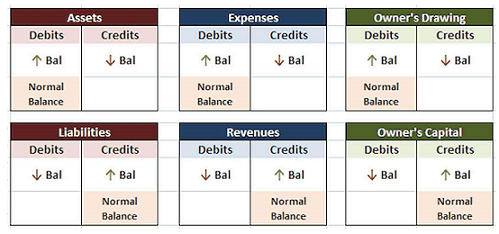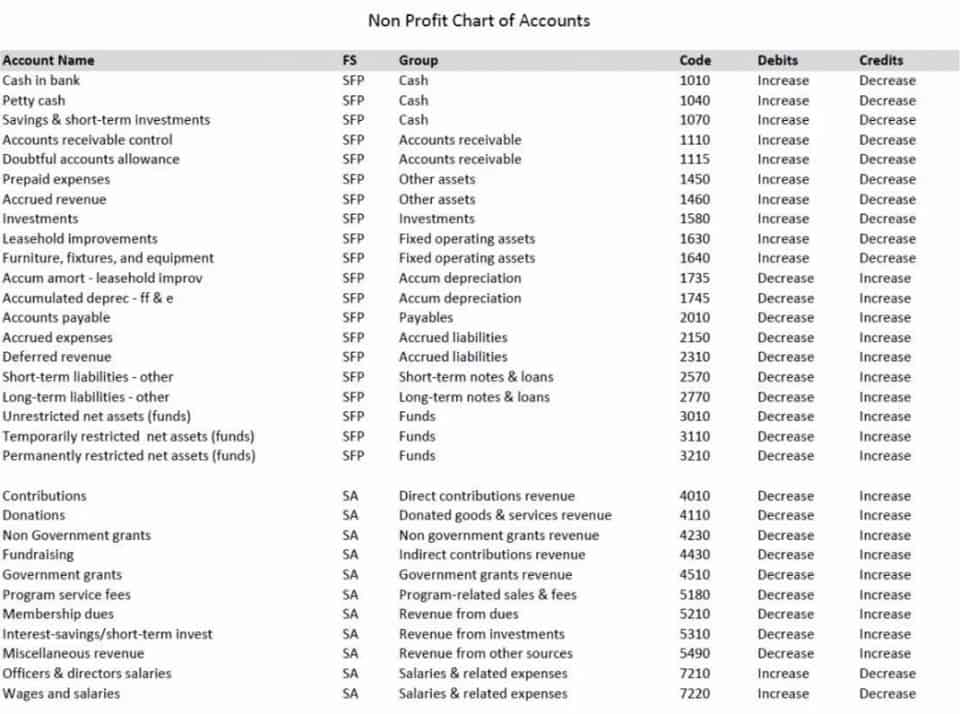
The most obvious reason recurring billing is so popular is that it mutually benefits both the customer and the merchant. It’s easy for the customer to set up their payment details once and then enjoy the product or service without needing to make the effort of pay again. Merchants benefit from a steady cash flow, more reliable forecasted revenue, and potential savings on staff and administrative resources. An additional risk is having service halted in the event of a declined payment—everyone remembers that month when their checking account was running low—or a credit or debit card on file expires.
Benefits and Drawbacks of Recurring Payment for Customers
Recurring and subscription https://www.bookstime.com/ payments are terms that are often used interchangeably — that’s because recurring payments are how you manage subscriptions. For businesses, the downside of monthly payments is that they require more time and effort — even with an automated system. After all, you should still personally check invoices for any billing errors. Metered billing is a system of charging customers recurrently based on their usage of the service. One drawback of recurring billing for consumers is that it can be troublesome to correct a billing error. Thus, it is safest to agree to recurring billing for payments that are always about the same amount and occur on a predictable schedule because you’re more likely to notice any billing errors quickly.
What types of businesses can benefit from recurring payments?
Although this doesn’t save the customer time, it can benefit your business if you automate your invoices through your point-of-sale system or payment processor. The downside to this method is that the merchant does not have the customer’s authorization to charge their card if they do not pay the invoice on time. As frequent users of automated invoicing software, subscription businesses can help us identify pricing methods that work best with recurring billing.
- Online merchants will typically use card-on-file transactions for a recurring payment meaning they will store the cardholder’s payment details with their consent, in order to withdraw the funds that are due.
- Large businesses can benefit from Helcim’s advanced security features and API integrations for seamless system connectivity.
- With a variable payment, the amount you have to pay each month is subject to change.
- They provide predictable, stable revenue and make it more convenient for customers to renew subscriptions.
- Be clear about how your business complies with federal regulations regarding credit card billing.
- These are companies that help you accept electronic payments from customers—PayPal is one of the most popular examples of these.
Membership businesses

For example, Basecamp, a real-time communication tool for businesses offers two plans depending on business size. The customer’s card or other form of remote payment is charged a mutually-agreed-upon amount on a schedule that could be yearly, monthly, weekly, or even daily, depending on the business model. The recurring payment can have an expiration date, or continue indefinitely. Some businesses even require recurring billing, and many offer discounts when recurring billing is used, as an incentive. Customers usually receive an email or text when their payment has been processed.

How can recurring payments benefit your business?

Unfortunately, there is quite a lot of variability here among the best payment gateway providers for online businesses. Subscription billing adds multiple pricing plan tiers allowing customers to upgrade or downgrade their plans based on their needs. Each method has its unique advantages and potential drawbacks, and selecting the right one depends on your business needs and customer preferences. Additionally, having a payment processor that supports a variety of payment methods is crucial for maximizing convenience and ensuring a seamless payment experience.

Although there are several benefits of using recurring payments, there are also drawbacks to consider before deciding if this type of payment is right for your business. Financing plans are a hot topic now, with services like buy now, pay later (BNPL) becoming an attractive option to finance purchases. BNPL plans allow customers to pay for a single product over a more extended period rather than paying in total upfront, making certain products more accessible for people with less monthly disposable income. Memberships at physical places that offer amenities, such as fitness centers, gyms, spas and country clubs also follow a recurring payment model. Additionally, recurring fees can also apply to non-physical service memberships, such as organizations and social clubs that require membership fees to grant people access to their resources and events.
This can easily happen with recurring payments since it’s a very hands-off way of paying for a service. With variable or irregular recurring payments, the bill is dependent on the usage of the customer. This happens with water and electricity bills as the charge is based on consumption. With recurring payments, you don’t have trial balance to worry about keeping track of your customer’s payment information, saving you time in the billing process.
Despite its many advantages, businesses using a recurring billing model may also face some challenges. Recurring billing is widely adopted because of the benefits it offers to both customers and business owners. In some cases, recurring billing can lead to halted services if an account is declined. When recurring billing is used, it can be important to tie it to a major checking or savings account with a high balance. Any interruption in service due to a declined charge can be problematic for a customer.
Recurring payments success strategies for businesses
To avoid payment errors and outdated information, take proactive measures to update customers on credit card expiry dates and other potential issues. Taking action early on can mitigate future obstacles and keep the payment process smooth for all parties involved. Unfortunately, 42% of consumers say they’ve found it difficult to turn off recurring charges. While recurring billing should hopefully boost your customer retention, there will come a time when a customer wants to pause or cancel their payments. Before we dive recurring billing into the nitty-gritty of how recurring payments work, we’ll cover the two main types of billing categories. The customer has to set up an electronic mandate with their insurance company and select the bank account to be debited and agree to the payment terms.




